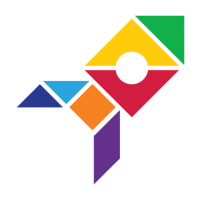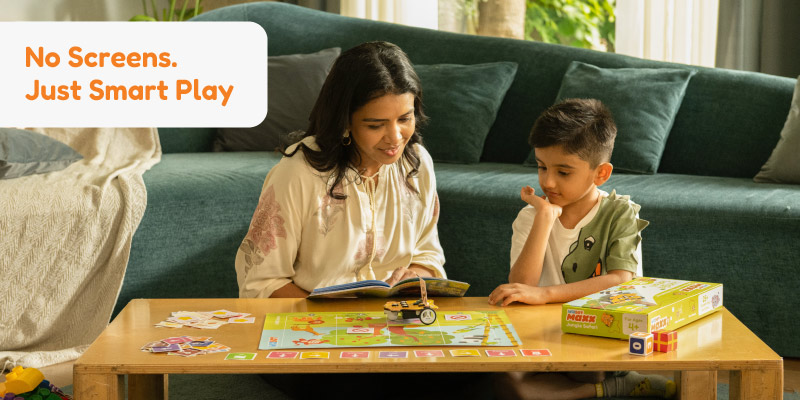Technology today continues to impact our lives in ways that would have been akin to sorcery for our fathers and forefathers. But its impact is boldly visible and continues to grow. One of the many sectors that technology has greatly transformed and continues to do so is the education sector. E.g. the Internet has, quite literally, made abundant knowledge available at our fingertips and has made learning easier, better, far-reachable, and flexible. Another new technology, which is based on the Internet itself, is slowly coming to the forefront and has the potential to change the education sector as we know it – and it is known as Blockchain.
Related: How Technology Plays an Important Role in Learning
What is Blockchain?

As Wikipedia defines it, a blockchain is an open, distributed ledger that can record transactions between two parties efficiently and in a verifiable and permanent way.
Simply put, a blockchain is a chain of records (blocks) that are linked or connected to each other in a ‘chain’. The blocks are responsible for storing data. Apart from data, each block also includes two things: one, the hash of the block – an encrypted form of the data stored in the block, and two, the hash of the previous block.
A hash is like the fingerprint of the block. One can identify the block and all of its content using the hash. It is also unique for each block, just like a fingerprint. If the data inside the block is changed, its hash also changes. Hashes are, thus, quite useful to detect any changes made in the block. The third part, the hash of the block, is what actually creates the chain.
What makes Blockchain so secure, along with the hashes, is distributed management. Instead of using a central entity to manage the chain, the blockchain uses a peer to peer (P2P) network. Everybody who’s part of that network has access to all the data stored on the chain. They can see, verify, inspect, and add more information to the original data, which remains unchanged. This aspect makes it virtually impossible for hackers to hack into a blockchain database.
Blockchain and STEM Education
An article published by Forbes focused on how the secure blockchain data structure can be used to create frameworks that can help in many walks of life, especially, Education. It is a framework to keep your information safe and accessible. But that’s not it; it is more than just a matter of safety and accessibility. If students could use the blockchain to store their bona fides such as degrees and certificates, it would become a lot easier and quicker for them to apply for admission to universities, for jobs, and other things because their entire educational record and other credentials could be accessed at the touch of a button without having to rely on a third party as an intermediary. And since it is virtually impossible to tamper with data stored on the blockchain, falsifying records would become unlikely.

Think about it: the K-12 Assessments of a student can be stored in a blockchain and can act as a record of the student. The student just needs to show the record for the entire educational history of the student altogether. This will revolutionize STEM as we know it.
If blockchain is supposed to change things, the coming generation needs to understand every bit of it. One of the classic mistakes of the modern Information Age is that although many of us use computers, not many of us know how to program. We must not let such mistakes repeat when it comes to introducing new technologies to the world. Blockchain requires a strong base in Mathematics and Computer Science. Without these, a student will be nowhere near understanding the basic framework let alone implement and/or exploit it for the use of the community.
As we have always pointed out, the entirety of the STEM curriculum needs to be tailor-made for students to be able to solve problems and it is time we appreciated this and implemented this for blockchain technology. Students need to be given exposure to programming, basic cryptography, and other essential disciplines on the right time in their K-12 curricula so that they are not oblivious to these terms by the time they are pursuing their undergrad courses.
As with everything related to STEM education, if the kids are introduced to blockchain early enough and get enough hands-on experience, it would become more likely that they stick with it and decide to take it up in the future.
Last, but not least, blockchain is based on the philosophy of decentralization: The very act of being able to skip the middleman and give control to the individual is to its very core, democratic. We have to make a better world with the passing of every day, and education has to be a priority for us.
Related: Where Will STEM Education Be in the near Future?
In a Nutshell
From being a ledger (essentially), blockchain is transitioning to a revolution from information/record keeping to everything, especially education. STEM, being the flexible body of knowledge that it is, is glad to make way for blockchain to contribute to the educational framework. A revolution is here and it brings promise.
Feature image taken from rawpixel.com









